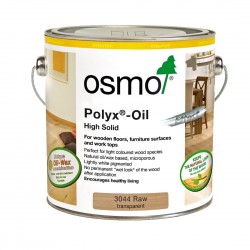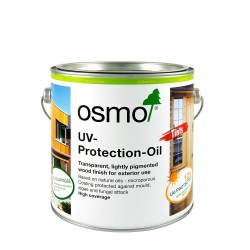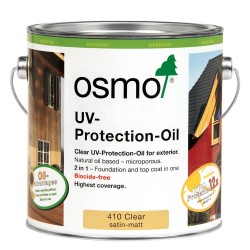In the UK, oak is one of the most popular choices for woodworkers and DIY enthusiasts alike because of its distinctive grain, traditional appearance and rich colour. It’s a solid, good quality option that’s naturally good looking and identifiable by its patterns. For this particular reason you might be tempted to leave your project raw, but oak treatment is extremely important and we’ll go into more detail as to why within this article. We’ll hopefully also help you decide what stain to use on oak, but for now, let’s take a closer look at the history and basics of oak.
A brief introduction to oak

There are about five-hundred species of oak and many of them have significant uses in the world today. The bark of cork oak, for example, is used to produce wine stoppers whilst Japanese oak is used by Yamaha in the production of their professional drum sets. The humble oak also found its way into the food and drink industry as wood chips used for smoking fish, meat, cheese, and many other foods and alcohol barrels used for aging wines and spirits.
However, recognising the value of oak isn’t a modern convention. Oak planking wasn’t an unusual sighting on ninth and tenth century Viking longships. Fast forward a couple of centuries and you’ll spot oak interior panelling in prestigious buildings around London, including the debating chamber in the House of Commons. After that, oak’s been the wood of choice for timber-framed buildings and it has, of course, become a popular solution for furniture.
Why exactly is it so popular? Oak is versatile enough to be warm and rich or light and uplifting, depending on the finish, whilst always maintaining a very natural beauty. It’s also sturdy, durable and remains fairly affordable. Another great thing about oak is it’s resistance to insects and fungus because of a high tannin content.
If you’ve ever asked, “why does oak go black?” then those very tannins are the answer. Whenever water creeps into the wood, it tends to interact with the high tannin content and result in the blackening effect, which is exactly why it’s important to treat oak.
A few other reasons why you should consider finishing your product with an oak wood oil or oak lacquer include the elements. The sun, wind and rain will play a huge role in your outdoor wood products and how they colour over time. However, even a piece of furniture that’s right by a window and susceptible to UV rays for the majority of the day could take on a silvery hue over time.
So what is the best finish for oak?
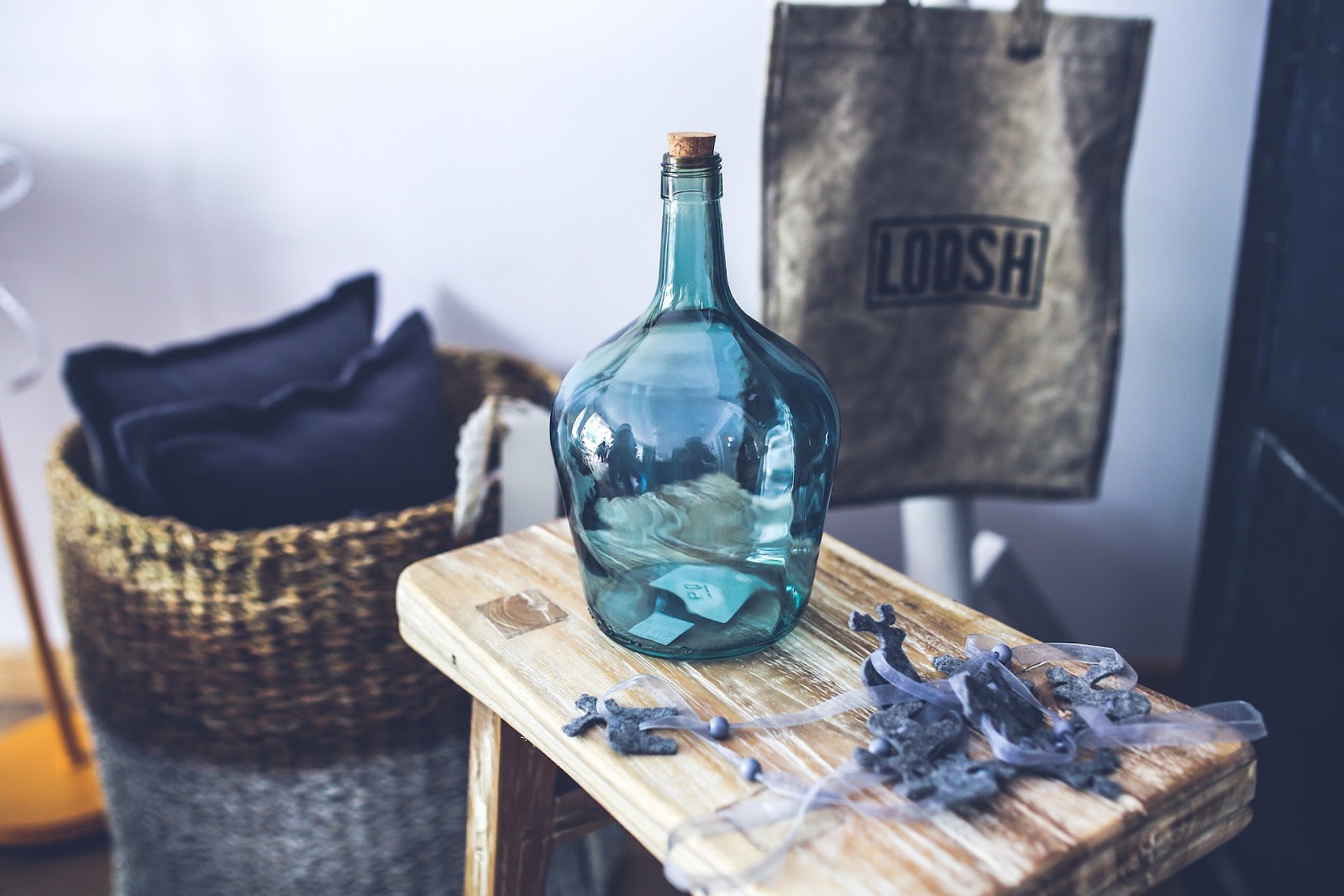
Understanding that without a high quality finish you simply don’t have a high quality product is a big step in the right direction. So how do you achieve a great finish? You start by considering the look you’re trying to achieve.
Oak furniture has traditionally taken on a golden hue even with a clear product as it brings out the natural colour of the wood (a wet look appearance), which can be further accentuated by something like Osmo Polyx Oil or Osmo Polyx Oil Tints in Honey or Amber, but the Scandinavian interior decorating trend pictured has certainly ignited a love for a very natural wood look appearance. If that’s what you’re after, think about products like Osmo Polyx®-Oil Effect Raw or Fiddes Oak Lightening (Natural) that uses a small amount of white pigment to help retain its untreated look. If you want more of a limed appearance, try Osmo 3040 White or Fiddes White hard wax oil.
A dark tint also offers an attractive finished product and will fare especially well in a room where you’re trying to achieve a slightly moodier look. When done well, a dark tint can really accentuate the natural grain and creates a beautiful contrast.
You might also want to consider the type of finish you’re after. A product like the Fiddes Hard Wax Oil comes in a large range of satin tints or clear options that offer the option of semi-gloss, satin, matt and dead matt, leaving the level of shine you’re after up to you.
Hard Wax Oils like those of Fiddes and Osmo offer a great compromise between the natural appearance of oils and the durability of varnishes yet are stain resistant, natural in appearance and hard wearing but they are very easy to apply and maintain.
Painting your wood is another great way to really protect it long term and some people manage to do it really well. If you’re trying to achieve a shabby chic dresser, for example, painting it pale blue and scuffing it slightly after might achieve the exact look you’re aiming for. For the purpose of this article, however, we’ll focus on how to perfect your oak finish by keeping the natural look of the wood instead of painting over that wood grain.
Let’s go ahead and take a look at some tips and tricks for treating your oak product.
Ready to treat your oak product? Let’s get started
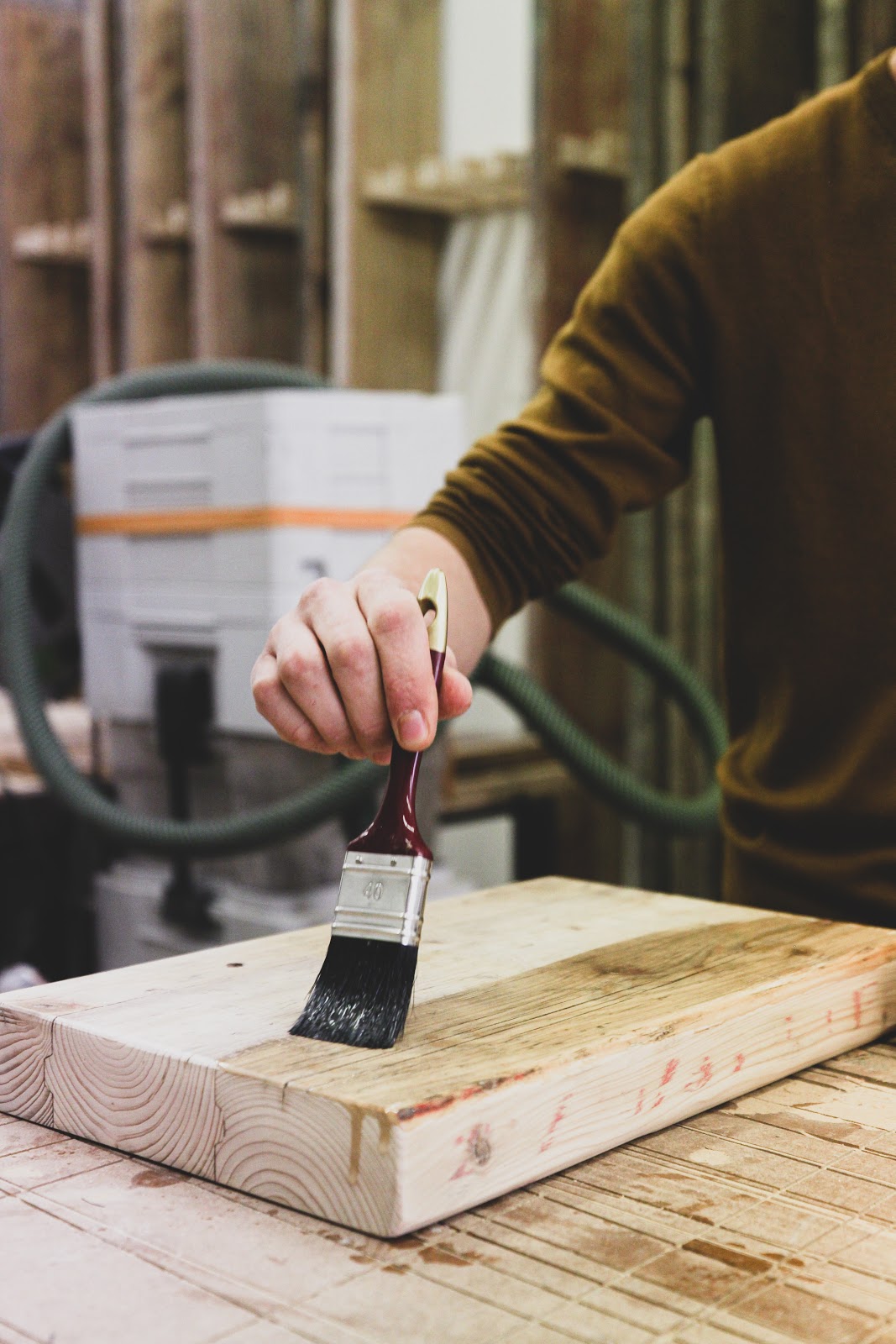
Even though oak is really simple to work with, we never just dive in and slap a coat of product on. Going through the motions of properly preparing your furniture or flooring might take a little longer, but going that extra mile by really caring for oak will not only yield better results, it’ll also ensure its durability.
Test, test, test
We recently spoke about the importance of testing your finishes first as part of our tips on achieving your desired wood colour. There are so many factors that play a role in wood colouring that a single tint could differ from one oak product to the next. All of the Osmo range and most of the Fiddes range, including the Osmo Polyx Oil Tints and Osmo Wood Wax Finish, come in small 5ml sample sachets, making it easy to try a couple of different tints until you find the one you’re most satisfied with. Remember to always test on an inconspicuous area and keep in mind that any product could differ from one area to another. Accept that wood is a natural product and embrace the perfect imperfections.
Prepare your area
The last thing you need is to go in under prepared. Get started on the right foot by making sure you have everything you need to hand; gather your sanding paper, rags, chosen wood finish and mineral spirits and put it all aside. It’s also really important to protect yourself, so wear a coverall to save your clothes and any exposed skin - don’t forget to grab a pair of disposable gloves. Finally, and this is very important, make sure you have good air ventilation. All paints, oils and waxes contain chemicals and the last thing you want, is to be breathing the fumes in.
Prepare your wood
Once your area is set you can get on to preparing your wood. Start sanding with a 90 grit paper and move all the way up to about 120 (floors) or 150 (furniture) without skipping any in between. This will ensure you get a super smooth and even finish. When sanding, do it slowly. Rushing this process could increase your risk of ending up with a blotchy final product.
Finishing your oak
Once you’ve prepped your oak and it’s nice and smooth, you can move onto applying your chosen wood finish. There are different methods available and finding your favourite will come down to the size of area, finish required and personal preference, but it is important to never over apply.
Osmo offers a range of Superpads which are a fantastic way of achieving a high quality finish. Alternatively, if you’re working on a smaller area, a soft tipped brush like these Osmo Flat Brushes are excellent or opt for Osmo Floor Brushes or a Microfibre floor roller for larger areas.
Check the product for drying time and once it’s done, sand it lightly between coats to get rid of nibs and coat again. Please note good ventilation is essential for drying.
Treating exterior oak
The process for finishing untreated oak outside is much the same as it is for any other product, but it does, of course, leave products more vulnerable to rain. Timber can only be treated with Osmo products which have a moisture content below 20% so the Osmo range is not suitable for Green Oak.
If you want to retain the appearance of the grain and you have horizontal as well as vertical surfaces, then Osmo Natural Oil Woodstain is what you’re looking for. It’s weather and UV resistant (all except the clear option), protects against dirt, algae and mould, and allows the wood to breath so it doesn’t end up cracking or peeling.
There is also a range of Osmo UV Protection Oils suitable for vertical surfaces. The clear Osmo UV Protection Oils (410 & 420 Extra) can also be used as a transparent maintenance coat over other Osmo coloured coatings. There’s also the Osmo UV Protection Oil Tints range available in a variety of tinted finishes designed to match the timber you are using - but remember to test on a small inconspicuous area first. It’s important to note that a product containing a coloured pigment will always offer significantly better UV protection than a clear product. This particular range includes 424 Spruce, 425 Oak, 426 Larch, 427 Douglas Fir, 428 Cedar, 429 Natural, which contains a small amount of white pigment to give a lighter more natural appearance, and the new 431 Natural Cedar and 432 Light Oak that’ll be available in March 2021

















